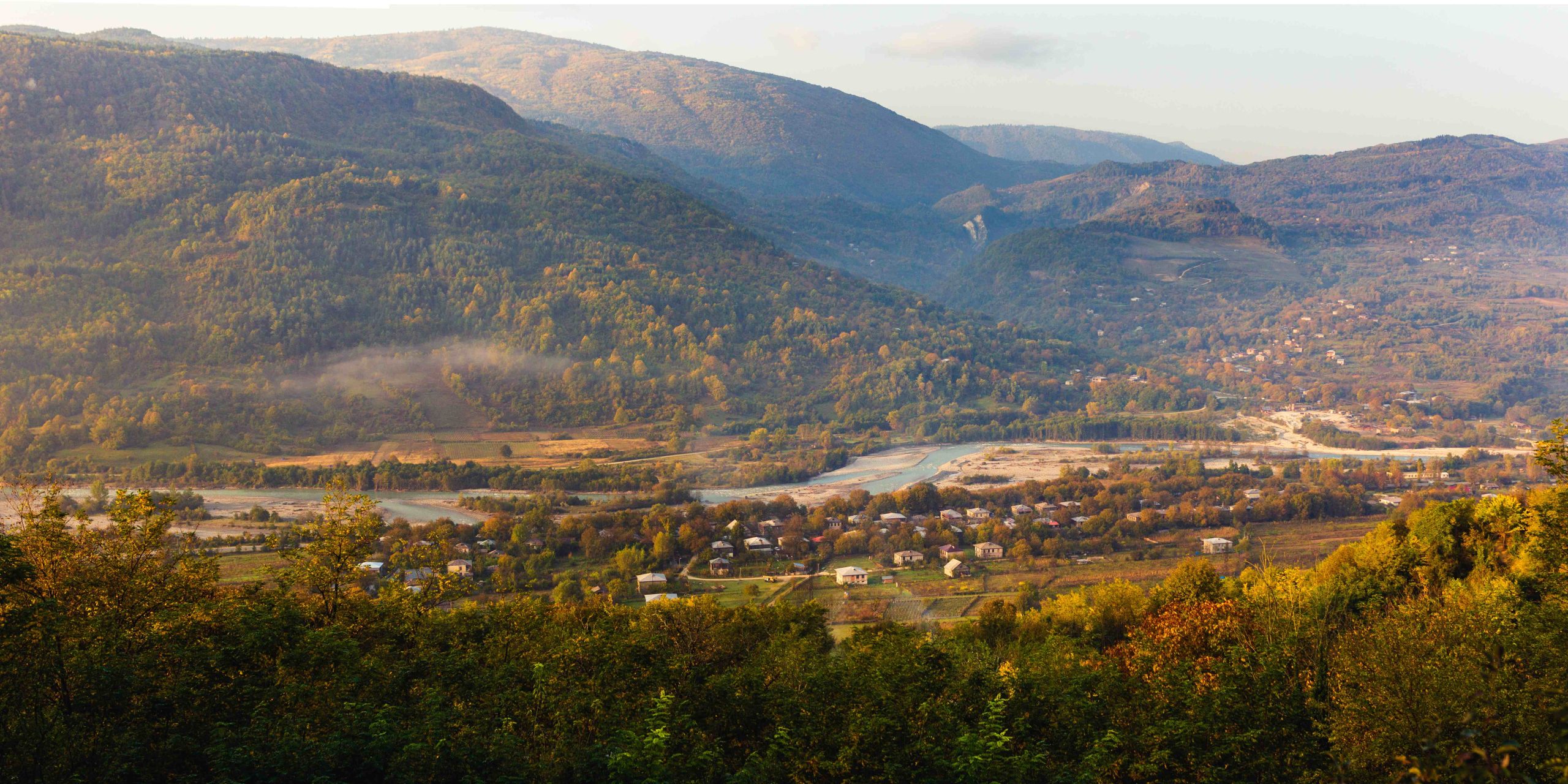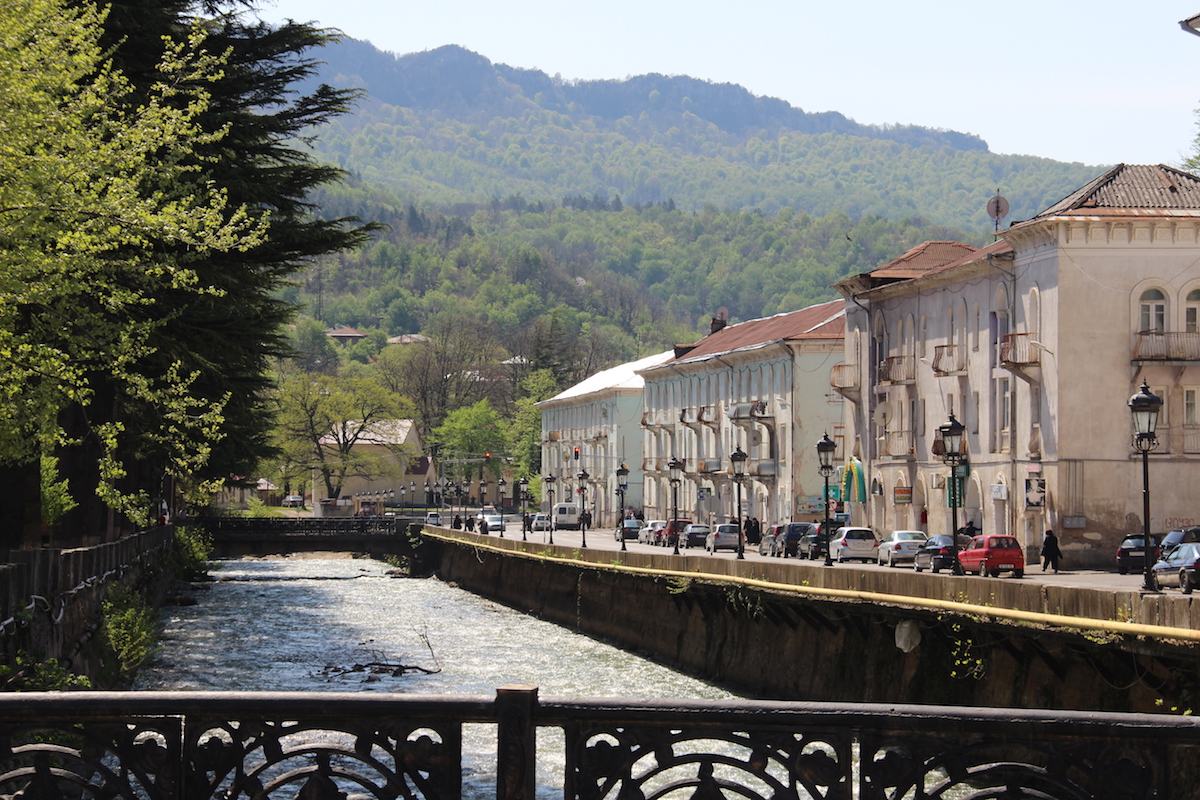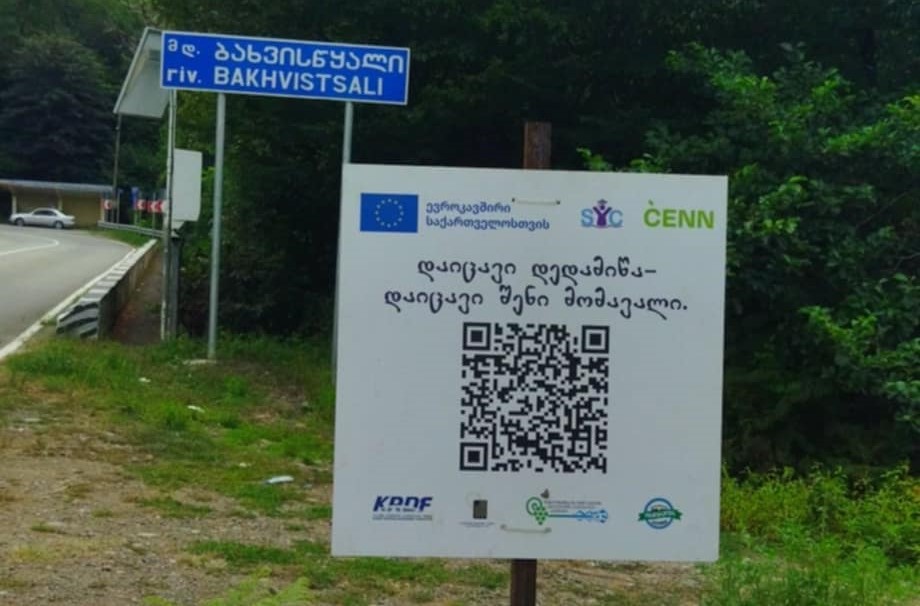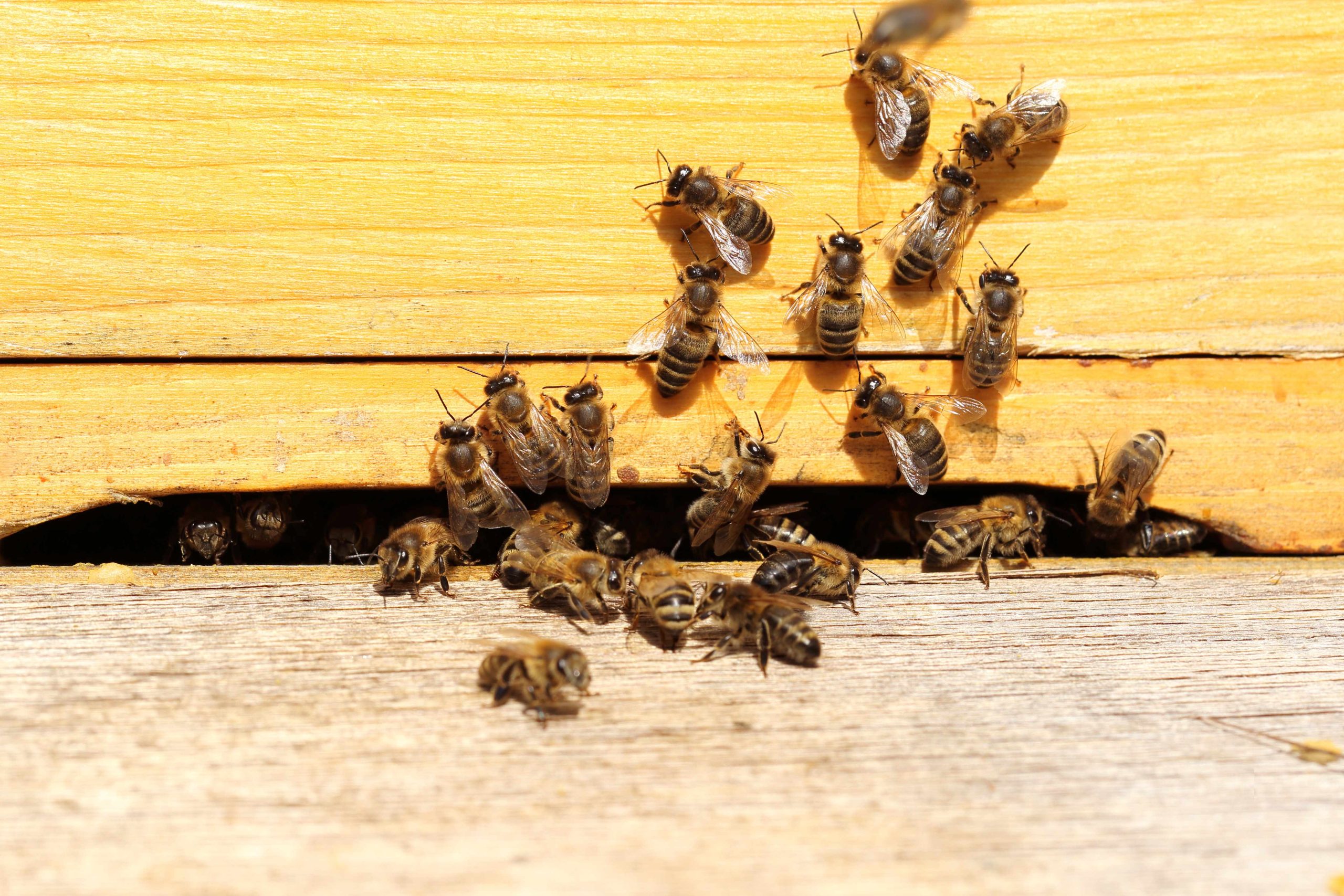
Racha and green cities
Using renewable energy sources and eco-friendly transportation, improving energy efficiency, waste management, and developing green spaces are just a few of the areas that can foster economic growth in Georgia’s beautiful mountainous region of Racha while minimizing environmental impact.
A document detailing the necessary actions for the municipalities of Oni and Ambrolauri already exists.
To prepare this document, a group of experts studied the experiences of green cities in the European Union and then adapted those practices to the climatic and living conditions of Racha.
How it all started
The “Youth Assembly of Racha” proposed the idea of creating a document to promote sustainable development in the region and reduce environmental harm.
Participants of the assembly were inspired by a project supported by the European Union— Georgia Climate Action Project (GEO-CAP), implemented by CENN in partnership with other organizations.
The project’s goal is to enhance the role of civil society organizations in combating climate change, emphasizing the importance of building trust and cooperation between governmental and public organizations in this process.
Ultimately, the project aims to expand civil society’s participation in developing and implementing climate change policies.
“A grant competition related to climate change has been announced. A few members of the Racha Youth Assembly had the idea—let’s give it a try,” recalls Racha Youth Assembly member Gega Kervalishvili.
The project, written by young people, aims to share the experiences of EU green cities with the municipalities of Racha.
“In the EU, there’s a competition—the Green Leaf Award. We thought it would be great to share the green policies provided by this award with Oni and Ambrolauri, along with the experiences of winning cities,” Gega explains.
What does the green leaf award mean?
The purpose of the EU’s Green Leaf Award is to showcase and recognize initiatives aimed at promoting green development in small towns.
The competition has been held since 2015 and is open to all European cities with populations between 20,000 and 100,000.
The main message of the competition at the local level is that Europeans have the right to live in a healthy urban environment. Accordingly, cities should work to improve the quality of life for their citizens and reduce their negative impact on the global environment.
The award is given to cities that:
Have taken consistent steps to achieve high environmental standards;
Committed to current and ambitious goals for further improving the environment and sustainable development;
Can serve as examples for other cities and share best practices across Europe.
What does experience sharing entail?
The experience-sharing initiative between the municipalities of Oni and Ambrolauri, which received the Green Leaf Award, consists of several components.
First, the project studied the policies of several award-winning European municipalities. At the same time, the project team examined the situation in Oni and Ambrolauri in this regard.
As Gega explains, the project team first studied the long-term and short-term development plans of the municipalities of Oni and Ambrolauri:
“The main focus was on the environmental aspects outlined in these plans. In addition to reviewing the documents, our team conducted interviews with individuals working in the relevant local government departments.”
After processing the data, the second phase of the process began—examining the experiences of municipalities that hold the Green Leaf Award.
Four municipalities from four different European countries were selected: Gabrovo (Bulgaria), Lappeenranta (Finland), Winterswijk (Netherlands), and Velenje (Slovenia).
The team’s task was to adapt the experiences of these municipalities to the contexts of Racha, Oni, and Ambrolauri.
What do we know about the award-winning municipalities?
Gabrovo won the Green Leaf Award in 2021. This municipality is located in central Bulgaria, near the Balkan Mountains, in the valley of the Yantra River. It covers an area of 556 square kilometers and has a population of 62,763. Fifty percent of the municipality is forested, and one-third is designated as part of the Natura 2000 network (a network of protected areas across the European Union).
Gabrovo received the award for its green transformation policies across various sectors, including energy efficiency, waste management, and environmental protection.
The municipality’s water resources project was recognized as a model project for EU investment. Gabrovo is also one of the first municipalities in Bulgaria to engage in environmentally friendly procurement.
In 2021, Lappeenranta also received the award. Located in southeastern Finland by Lake Saimaa, it is one of Finland’s tourism hubs. The municipality covers an area of 1,724 square kilometers and has a population of 72,690.
Lappeenranta is home to the Lappeenranta University of Technology, which hosts around six thousand students. The university features modern research and innovation labs focused on clean energy, circular economy, and water technologies. Twelve percent of the municipality’s workforce is employed in environmental and clean technology sectors.
Lappeenranta is recognized as the world’s first city to utilize certified eco-energy—zero-emission electricity.
Winterswijk won the EU Green Leaf Award in 2022. Located in the eastern Netherlands, it has a population of 28,852 and shares a border with Germany. The municipality is noted for its achievements in waste management and circular economy practices.
Velenje received the EU Green Leaf Award in 2024. Situated in northern Slovenia, surrounded by mountains (1,100 m) and rich in coal, Velenje has experienced rapid urbanization and industrialization since the 1950s. Its population is 33,500.
Until 1990, Velenje faced significant air pollution issues due to a power plant in the neighboring municipality of Šoštanj. Emissions negatively impacted air, water, and soil quality, making the valley one of Slovenia’s most polluted areas.
In response, the municipality launched active environmental protection programs starting in 1987. This included installing an air quality monitoring system, preventing lake and soil pollution, and implementing other measures. As a result, Velenje has become one of Slovenia’s most environmentally friendly municipalities.
Velenje is among the one hundred EU cities participating in the EU mission for “100 climate-neutral and smart cities by 2030.”
Recommendations for the municipalities of Oni and Ambrolauri
There were many discussions, including one with a representative from Gabrovo, which Gega recalls as part of the process of developing the recommendation document.
According to him, a concept was created that outlines step-by-step actions to improve the ecology in Oni and Ambrolauri.
The recommendations document states that in the medium and long term, the municipalities of Ambrolauri and Oni will work in partnership with the government of Georgia, international donor organizations, NGOs, and foreign municipalities to:
- Promote the use of renewable energy sources and enhance energy efficiency.
- Encourage the use of eco-friendly transportation.
- Improve waste management and stimulate a circular economy.
- Enhance green spaces.
Specifically, to stimulate renewable energy usage, municipalities should enhance energy efficiency in public buildings, ensure the adoption of renewable energy sources, and implement energy-saving measures for street lighting in towns and villages. Additionally, local residents and the private sector should be encouraged to use renewable energy.
According to the recommendations, Racha can promote eco-friendly transportation by purchasing such vehicles for internal transit, supporting the establishment of charging stations for electric cars, developing bicycle infrastructure, and raising public awareness on these issues.
Another focus is waste management and the circular economy. European experience emphasizes the need for continuous improvement in waste collection and disposal services, promoting waste separation in local communities, running information campaigns, and increasing the number of parks and green spaces while ensuring their maintenance.
What’s next
The advisory document “Sharing the Experience of EU Green Cities for the Municipalities of Ambrolauri and Oni” was submitted to local authorities about three months ago.
Gege states that the local government has taken this document seriously. Moreover, the municipalities were informed about its preparation and were somewhat involved in the process.
“They wrote to us that they are considering the matter and that an action plan might be approved,” Gege says.
He also mentions that Ambrolauri is currently working on a new project that will be based on this green document.
The article was written as part of the “Georgia Climate Action Project,” funded by the European Union and implemented by CENN in collaboration with the Kakheti Regional Development Foundation (KRDF), the Chiatura Union (ACU), the Racha-Lechkhumi and Lower Svaneti Agrotourism Development Association (RLS-ADA), and the Youth Pedagogues Union (YPU). The project’s aim is to strengthen civil society and promote human rights and fundamental freedoms in four target regions of Georgia—Guria, Imereti, Kakheti, and Racha-Lechkhumi and Lower Svaneti—with a focus on the right to access water and a healthy environment.





